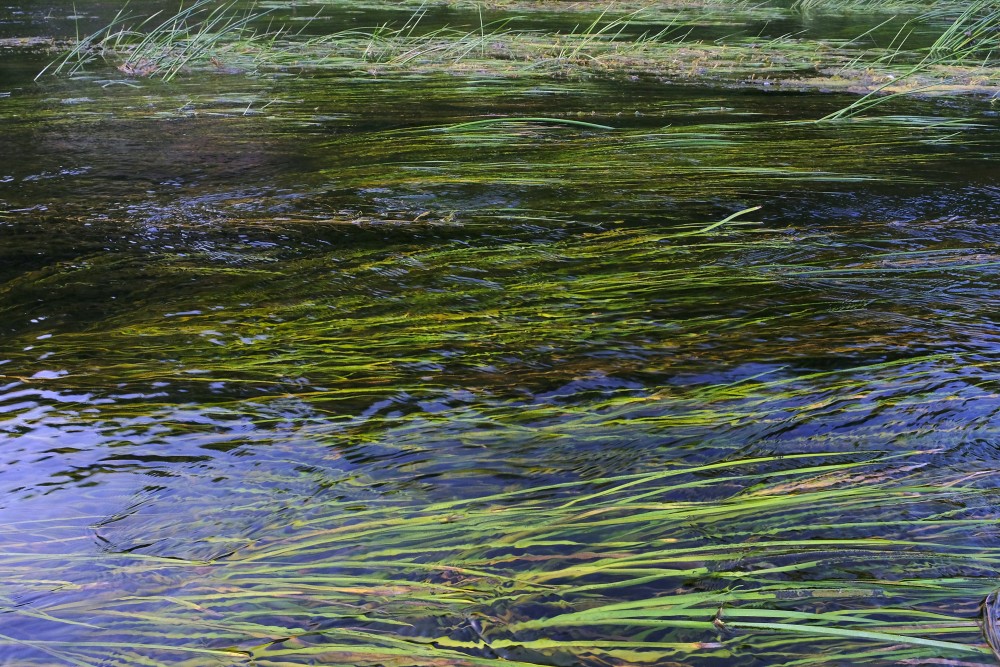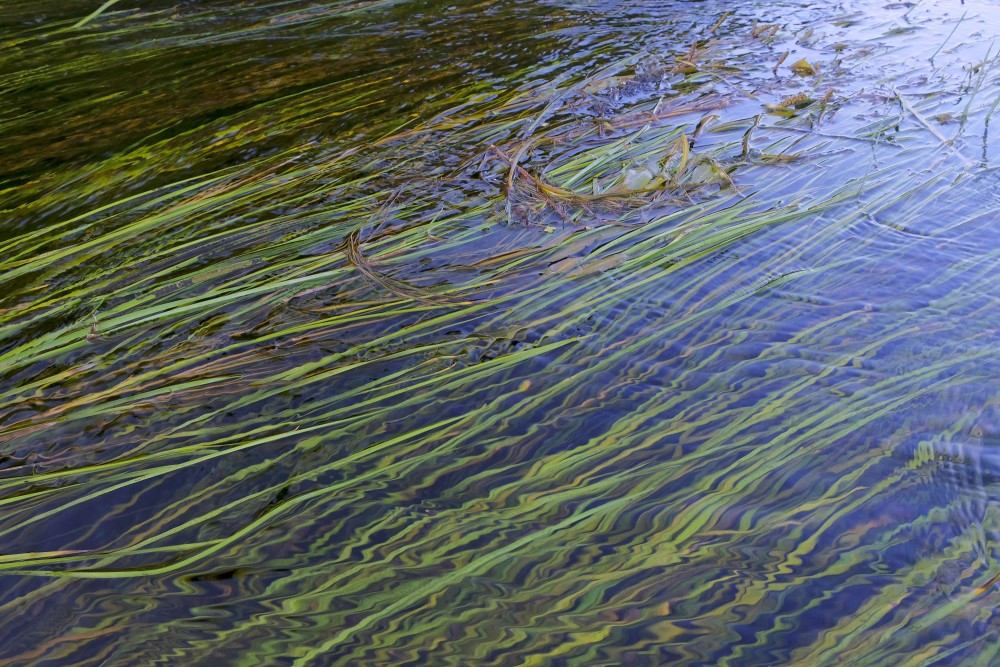Aquatic plant
Aquatic plants are plants that have adapted to living in aquatic environments (saltwater or freshwater). They are also referred to as hydrophytes or macrophytes. A macrophyte is an aquatic plant that grows in or near water and is either emergent, submergent, or floating, and includes helophytes (a plant that grows in marsh, partly submerged in water, so that it regrows from buds below the water surface). In lakes and rivers macrophytes provide cover for fish and substrate for aquatic invertebrates, produce oxygen, and act as food for some fish and wildlife.
Aquatic plants require special adaptations for living submerged in water, or at the water's surface. The most common adaptation is aerenchyma, but floating leaves and finely dissected leaves are also common. Aquatic plants can only grow in water or in soil that is permanently saturated with water. They are therefore a common component of wetlands.
Fringing stands of tall vegetation by water basins and rivers may include helophytes. Examples include stands of Equisetum fluviatile, Glyceria maxima, Hippuris vulgaris, Sagittaria, Carex, Schoenoplectus, Sparganium, Acorus, yellow flag (Iris pseudacorus), Typha and Phragmites australis.
en.wikipedia.org







